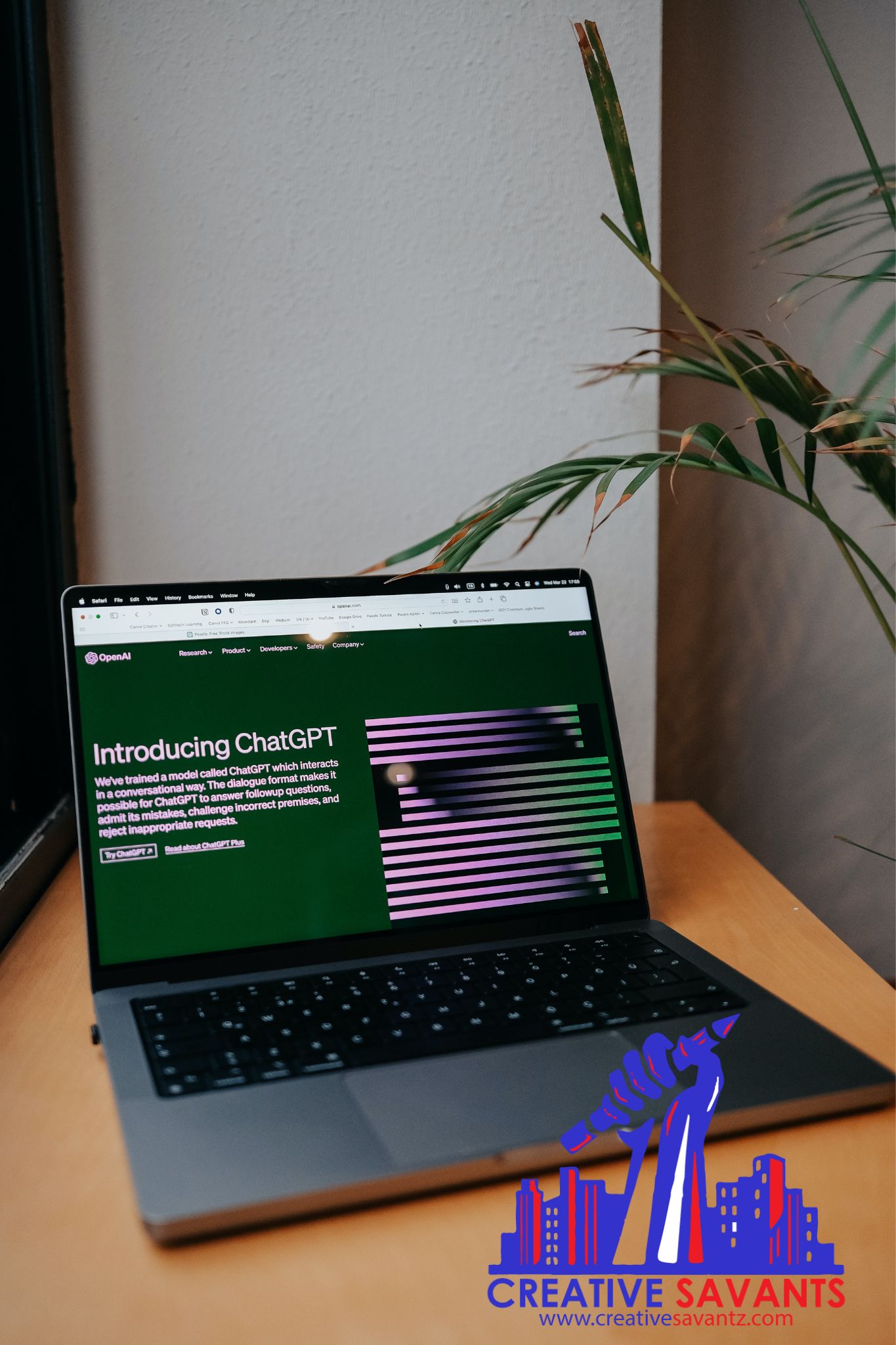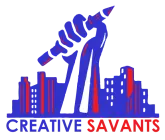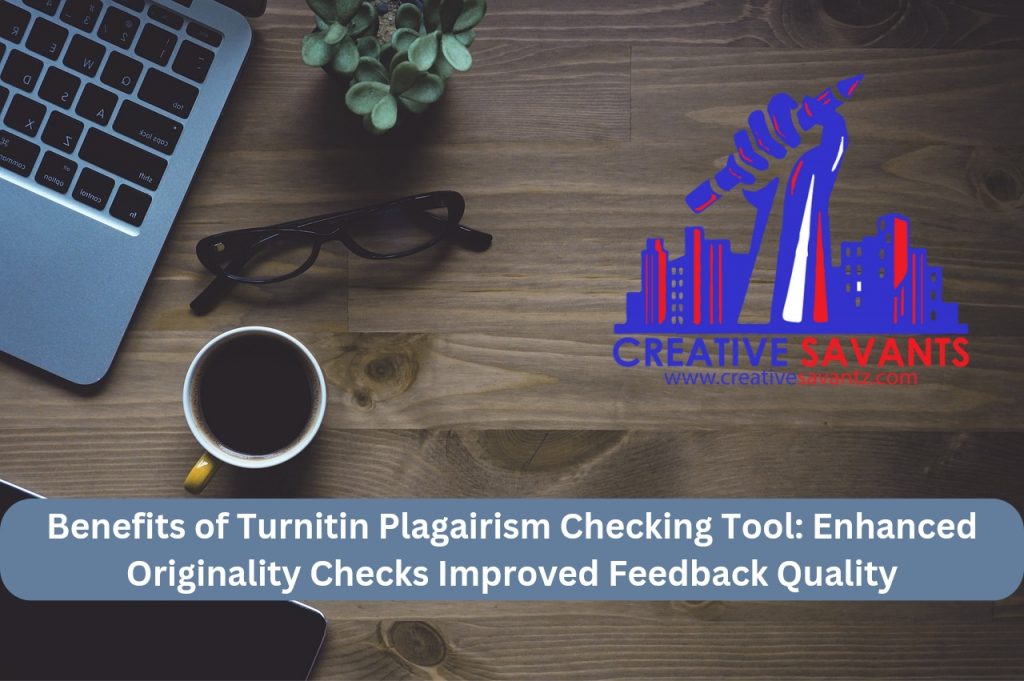Founded in 1998, Turnitin has grown to be a cornerstone in the fight against academic misconduct worldwide; it is widely recognized and trusted as a plagiarism detection software by educational institutions. Its primary purpose is identifying and preventing plagiarism by not only comparing content against an extensive database of sources, including academic and non-academic content, but also submissions from previous students are compared with newly submitted work.

Turnitin Plagiarism Checker: Key Features
Let’s delve into the core characteristics that elevate Turnitin as a dominant force in plagiarism checking; but first, we shall discuss why it indeed surpasses Chegg.
Extensive Database
Boasting a massive database— inclusive of academic journals, publications, periodicals, student papers and internet content— Turnitin ensures that even the most obscure instances of plagiarism are duly flagged.
Originality Reports
These reports demonstrate the uniqueness of your work; they serve as a testament to its authenticity – an essential component in academic and professional writing. One standout feature of Turnitin is that it can generate detailed Originality Reports.
These reports serve as a comprehensive breakdown for both educators and students, highlighting instances of matching text. They also indicate the percentage similarity to external sources- a critical component in assessing originality.
Customization
This is the process through which one tailors a product or service to meet individual preferences- an approach that not only enhances user experience but also promotes customer loyalty.
Turnitin provides institutions and educators with customization options, as this enables them to establish particular plagiarism tolerance levels. In addition they can also tailor the software, aligning it precisely with their academic integrity policies.
Feedback and Grading
Turnitin’s Feedback Studio equips instructors with tools, as these allow them to leave comments and feedback directly on submitted documents. This feature— by allowing educators to give constructive criticism in areas for improvement— elevates the learning process.
Integration
Popular Learning Management Systems (LMS) such as Moodle, Blackboard and Canvas integrate flawlessly with Turnitin. This integration streamlines workflows for educators and students alike; it simplifies the process of submitting and checking assignments.
Plagiarism Remover
This tool functions to eliminate any plagiarism from your content, thus ensuring its uniqueness and originality. Turnitin not only boasts plagiarism detection capabilities; it also provides a valuable tool for removing plagiarism. Specifically, this tool assists students and authors in eliminating inadvertent instances of plagiarism. It also suggests potential resources to rewrite or rephrase text, thereby reinforcing the software’s dedication towards promoting originality and stifling plagiaristic actions.
Global Reputation and Trust
Over its many years of service, Turnitin has garnered the trust from educators and institutions worldwide; its reputation for accuracy and reliability marks it as a preferred choice.
Now that we’ve established a thorough comprehension of Turnitin’s functions. Let us delve into the advantages it provides; notably, its superior performance against Chegg’s plagiarism checker.

Plagiarism Detection: The Evolution
To deepen our understanding of why Turnitin remains the premier choice for plagiarism detection, we must explore the evolution of plagiarism identification tools. Recent years have witnessed significant transformations in digital landscapes and such changes profoundly impact how academia identifies and addresses issues, with a focus on plagiarism.
Traditional Methods: An Evaluation Modern Solutions
Identifying plagiarism traditionally involved manual scrutiny of written work, as educators and institutions leaned on their expertise to detect suspicious content or inconsistencies in students’ submissions. Despite this method’s reliance on experienced judgment, it was often criticized for being time-consuming and subjective. Nonetheless, its capabilities exhibited limitations, specifically, it struggled to detect instances of plagiarism from online sources.
Modern plagiarism detection tools, such as Turnitin have dramatically transformed this process, as they utilize advanced algorithms and artificial intelligence, aiding in the thorough scanning of written work.
These innovative instruments can juxtapose a submitted document with an extensive database comprising academic papers, books, journals, websites and even student submissions from all over the globe. The outcome yields a more objective approach to plagiarism detection; remarkably, it is also efficient.
Technology’s Role
Technology has significantly influenced the landscape of plagiarism detection and Turnitin exemplifies this dynamic. Employing technology far beyond database utilization and algorithm design, Turnitin leverages machine learning. Additionally, it uses natural language processing for identifying not only verbatim matches but also paraphrased or marginally modified content.
In today’s digital age, where students can effortlessly access and modify online content, a high level of sophistication is crucial.
Turnitin, with its technological prowess, generates Originality Reports in real-time and this is a testament to its capability. These reports outline similarities found within documents- a detailed breakdown that simplifies plagiarism assessment for students as well as educators.
Embracing Evolving Trends: A Dynamic Adaptation
As technology and education evolve, so too does the issue of plagiarism. New forms of academic misconduct, such as contract cheating continue to emerge. Recognizing these challenges, Turnitin remains committed not just in understanding but also proactively adapting its tools- a conscious effort that ensures they effectively address these evolving issues.
Investing in research and development allows Turnitin to preempt emerging trends in academic misconduct; its unwavering commitment to continuous improvement provides educators with access to innovative tools.
These state-of-the-art resources, therefore, ensure the preservation of academic integrity within a perpetually evolving educational sphere- a testament of Turnitin’s frontline position against scholastic fraudulence.
Join our legion of content users: thousands who not only rely on, but also gratify their scholarly pursuits through our paid Turnitin checks. They certify that their work is void of plagiarism. Furthermore, they guarantee the zenith level of quality– a mark all scholars strive for!

The Role of Turnitin in Upholding Academic Integrity
Beyond merely outpacing Chegg in terms of technical features, Turnitin crucially upholds and promotes academic integrity. Let us delve into this facet with greater depth.
Promoting Ethical Conduct
Turnitin functions as a formidable barrier against plagiarism; its presence in educational institutions underscores the repercussions of academic misconduct. It also fosters an awareness among students about the importance of originality and upholds their institution’s ethical standards.
Promoting Critical Thinking
Turnitin fosters critical thinking and independent research among students by supplying comprehensive Originality Reports and feedback; rather than leaning on copy-paste methodologies. The software also inspires learners to cultivate their own concepts to dissect information, synthesize it and subsequently generate unique content.
Endeavoring for Future Preparation
Through Turnitin’s educational feedback and plagiarism detection, students acquire skills and awareness that offer benefits beyond their academic journey; indeed, graduates harness these skills for professional careers. These individuals— enriched by the experience of using Turnitin— stand out in professions where paramount importance is given to originality and ethical conduct.
You may also like: Features of Turnitin Similarity Report and how to Interpret it November 2024
Assisting Educators
Turnitin has refined the plagiarism detection process, thus saving valuable time for instructors. Furthermore, Turnitin provides educational feedback- a tool that assists educators in steering students toward improved research and writing practices.
Creative Savants’s premium paid service offers you the advantage of seamless integration with Turnitin’s database through our Turnitin checks. Elevate your academic integrity with confidence
Ongoing Commitment of Turnitin
Turnitin does not owe its leadership position in plagiarism detection to past achievements alone. Rather, it serves as a testament to their unflagging commitment towards excellence. This dedication is evident in several vital areas including:
- Development and Research
Turnitin, significantly investing in research and development and stays ahead of emerging trends in academic misconduct. Its expert team works continuously, enhancing algorithms, improving detection accuracy, and adapting to evolving forms of plagiarism.
- Collaboration: Engaging with Educators
Collaborating actively with educators and institutions, Turnitin gathers insights and feedback- a collaborative approach that maintains the software’s alignment with the evolving needs of the education community.
- Educational Resources
Turnitin equips institutions and educators with an abundance of educational resources to bolster academic integrity. These include webinars, whitepapers, and best practices guides. Such tools empower the users— particularly educators— enabling them to leverage the software effectively as part of their pedagogical toolkit.

Impact on a Global Scale
Turnitin actively impacts academic institutions across various countries and languages, globally. This international presence highlights its commitment- a relentless dedication towards addressing academic misconduct on a global scale.
In this accessible-information world— where original and borrowed content lines often blur— Turnitin emerges as an academic integrity stalwart. Its robust capabilities in plagiarism detection, along with its educational focus, customizable options, seamless integration makes it a preference for education institutions and individuals alike who prioritize upholding principles of both ethical scholarship and pure originality.
While alternatives such as Chegg possess certain merits, Turnitin’s rich suite of features and benefits— complemented by its firm standing in the market— clearly sets it ahead in combating academic misconduct. By opting for Turnitin, educators and institutions are not merely making a selection but they’re proactively investing to uphold the pinnacle of academic integrity.
Learn more about: Guide to Secure Guaranteed Good Grades for Hawkes Learning Courses- January 2024

Plagiarism Detection: The Future
Looking ahead to the future of plagiarism detection, we can clearly envisage technology’s pivotal role. We anticipate several trends and developments:
AI and Machine Learning have Undergone Enhancement
With the integration of advanced AI and machine learning algorithms, plagiarism detection tools will ascend to greater sophistication. They will not only empower utilities such as Turnitin with increased sensitivity but will also assist to identify overt and subtle forms of plagiarism.
Feedback in Real-Time
The growth in demand for real-time feedback is inevitable; students and educators, alike, will anticipate instantaneous insights into the originality of written assignments, facilitating immediate corrections and improvements. Turning this vision into reality, Turnitin’s real-time Originality Reports serve as an initial stride towards achieving this progressive advancement.
Read More: Money Saving Tips for College Students for Getting Any Task Ready
Detection of Multilingualism
Academic institutions are becoming more diverse and global. Consequently, plagiarism detection tools must improve in multilingual detection. This necessitates recognizing plagiarism across various languages— each presenting unique challenges— and adapting to these obstacles proficiently.
Integration with Writing Tools
Seamless integration of plagiarism detection tools with writing and research tools may streamline the creative process. Thus, students could effortlessly generate original content from inception.
AI: Ethically Guided
The ethical implementation of AI in plagiarism detection is emerging as a critical focal point, guaranteeing that AI algorithms demonstrate fairness, lack bias, and respect students’ privacy.
Read More: Turnitin admits there are some cases of higher false positives in AI writing detection tool
Conclusion
The continuous evolution of technology constantly reshapes plagiarism detection’s landscape. However, education persists as the central solution. Tools like Turnitin serve a dual purpose: they not only identify instances of plagiarism, but also foster invaluable lessons regarding originality importance, proper citation adherence and ethical research practices among students.
Ultimately, we wage the battle against plagiarism not merely to apprehend culprits; rather, our aim is to nurture a culture steeped in integrity, curiosity and critical thinking. Armed with suitable tools and bolstered by an unwavering commitment to education, we can persistently advocate these values- shaping students for a future where their success in both academia and professional life hinges on generating original and pioneering work.

